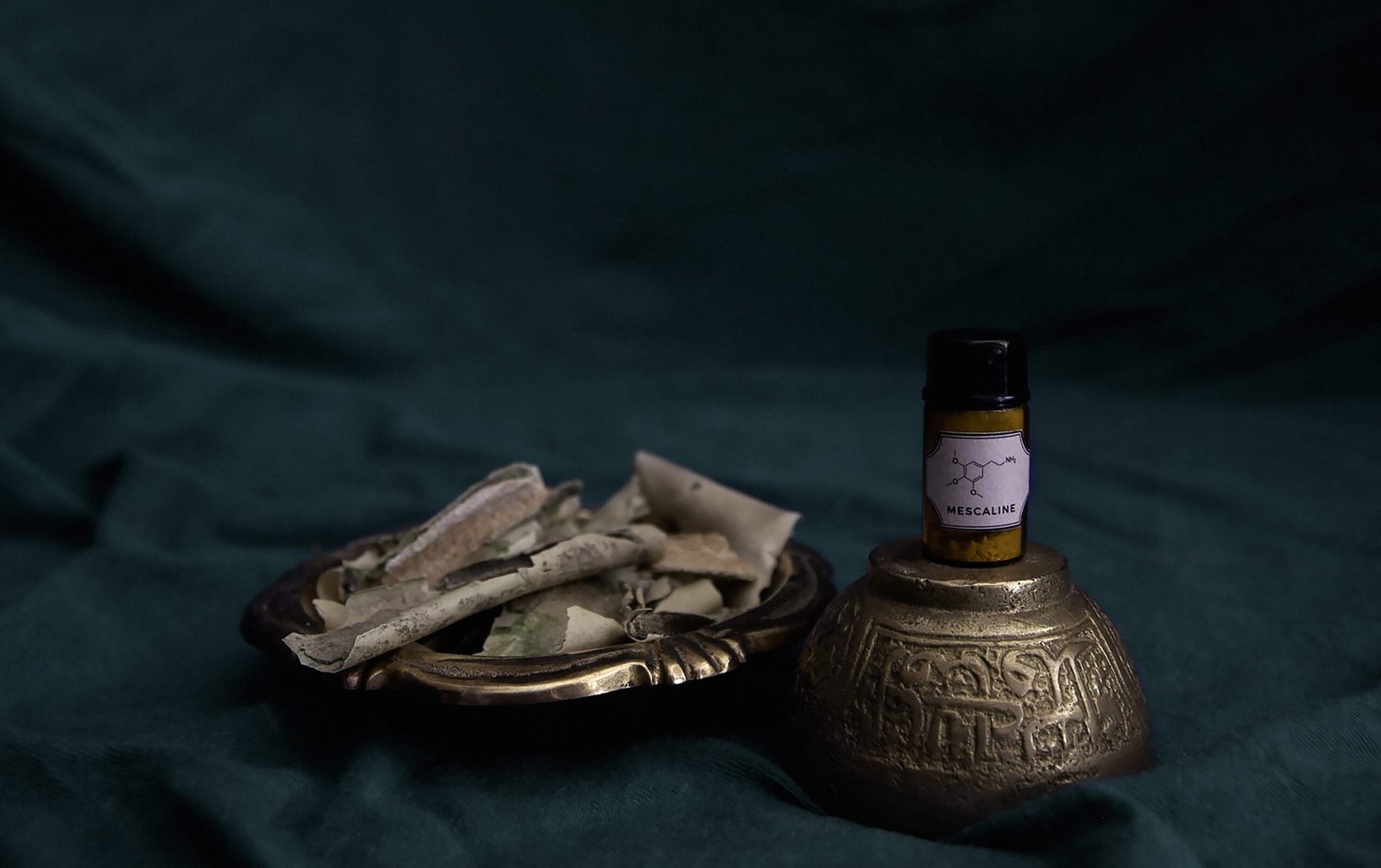Introduction
Mescaline, also known as 3,4,5-trimethoxyphenethylamine, is a naturally occurring psychedelic compound found in several species of cacti, most notably the Peyote cactus. It has a long history of use in traditional religious and spiritual ceremonies by indigenous peoples in the Americas. In recent years, mescaline has gained attention for its potential therapeutic uses and its recreational use in the psychedelic community. In this article, we will explore the uses and side effects of mescaline in detail.
Mescaline Uses
Mescaline is primarily used for its hallucinogenic properties. When ingested, it can induce profound alterations in perception, mood, and cognition. The effects of mescaline can vary depending on the individual, the dose, and the setting. Some common experiences reported by users include enhanced sensory perception, visual hallucinations, emotional introspection, and a sense of connection to the natural world.
Traditionally, mescaline has been used by indigenous cultures in religious and spiritual ceremonies. It is believed to facilitate communication with the divine and provide insights into the nature of existence. Some contemporary religious groups continue to use mescaline in their rituals.

In recent years, mescaline has attracted interest from the medical and scientific communities for its potential therapeutic uses. Preliminary research suggests that mescaline-assisted therapy may have applications in the treatment of certain mental health conditions, such as depression, anxiety, and post-traumatic stress disorder (PTSD). However, more research is needed to fully understand its therapeutic potential.
Side Effects of Mescaline
While mescaline is generally considered safe when used responsibly and in appropriate doses, it is not without its risks. It is important to be aware of the potential side effects before considering its use.
One of the most common side effects of mescaline is nausea and vomiting, which can occur shortly after ingestion. This can be mitigated by fasting before taking mescaline or using anti-nausea medications. Other physical side effects may include increased heart rate, elevated blood pressure, dilated pupils, and changes in body temperature.
Psychological side effects can also occur. Mescaline can induce intense and unpredictable hallucinations, which may be distressing for some individuals. It can also lead to changes in mood and perception, potentially causing anxiety, paranoia, or confusion. It is important to approach mescaline with caution and in a supportive environment.
It is worth noting that mescaline is a Schedule I controlled substance in many countries, meaning it is illegal to possess, produce, or distribute. The use of mescaline outside of approved medical or religious contexts is considered recreational and may carry legal consequences.
Conclusion
Mescaline is a powerful hallucinogenic compound with a rich cultural history and potential therapeutic applications. Its use can lead to profound alterations in perception and consciousness, but it is not without risks. Before considering the use of mescaline, it is important to understand the potential side effects and legal implications. If you are interested in exploring the therapeutic potential of mescaline, it is advisable to seek guidance from a qualified healthcare professional or participate in clinical trials. Remember, responsible use and a supportive environment are key to maximizing the benefits and minimizing the risks associated with mescaline.
